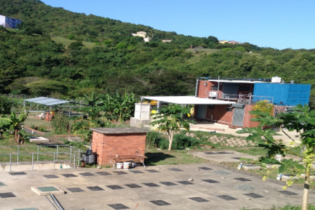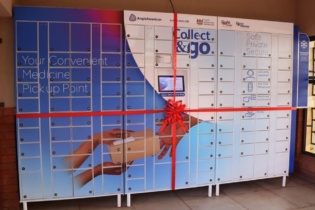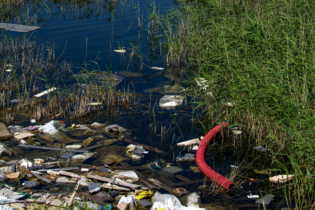
The Nano Membrane Toilet, invented at Cranfield University in the United Kingdom, has been designed to separate solid waste and urine.
The Nano Membrane Toilet, invented at Cranfield University in the United Kingdom, has been designed to separate solid waste and urine. The solid waste is incinerated to generate heat that powers the toilet as well as small appliances, and the urine is filtered into potable water.
Though not designed specifically to tackle the needs of women and girls, if successful, this waterless toilet will do so in a number of ways for the millions who lack access to a basic, hygienic toilet.
Addressing menstrual hygiene needs
Firstly, women and girls will welcome a toilet that provides the indoor privacy and the clean water necessary to address menstrual needs.
At least 500 million lack adequate facilities for managing menstrual hygiene, according to a joint UNICEF and WHO report published earlier this year. [1]
This is at home, but the problem is identical in schools too: many girls, especially in Sub-Sarahan Africa, drop out once they reach pubertybecause of inadequate sanitation facilities to cope with menstruation.
Promoting health and hygiene
Secondly, women and girls in poor countries are often tasked with fetching water for domestic use, often spending at least half an hour on a single trip.
They would welcome a toilet that also produces clean water – with added benefits related to health and hygiene, for which women are normally responsible.
Preventing violence
Thirdly, a clean private facility that is either in or close to home may even prevent violence. By having to defecate in the open air, especially at night, many women and girls run the risk of rape and sexual assault.
And if the waterless toilet is placed in refugee camps, perhaps the energy generated by the solid waste could power a light bulb for extra security.
There are plenty of cheap and easy-to-build toilet designs on offer. But if this one works, the benefits it could bring for women are significant.
-SciDev.net (
Henrietta Miers)
Henrietta Miers has worked across Africa and Asia as a gender and social development consultant for 20 years, specialising in gender policy. She is senior associate of WISE Development, a consulting company that focuses on boosting economic opportunities for poor women.









